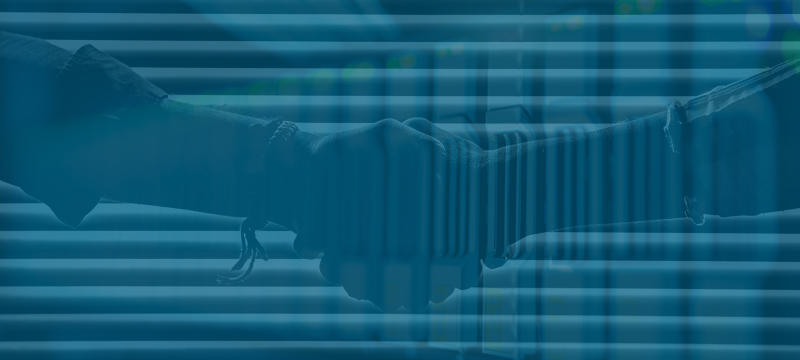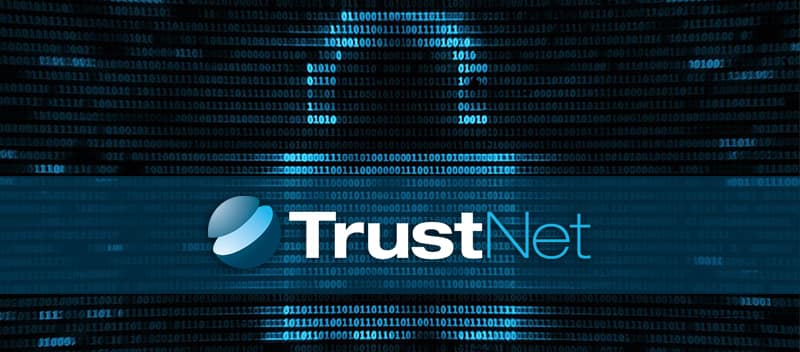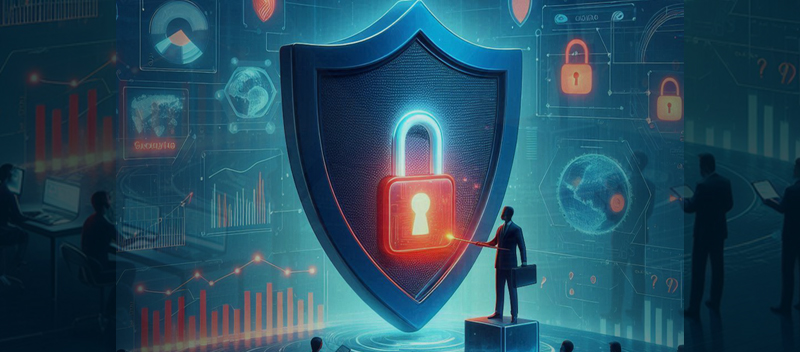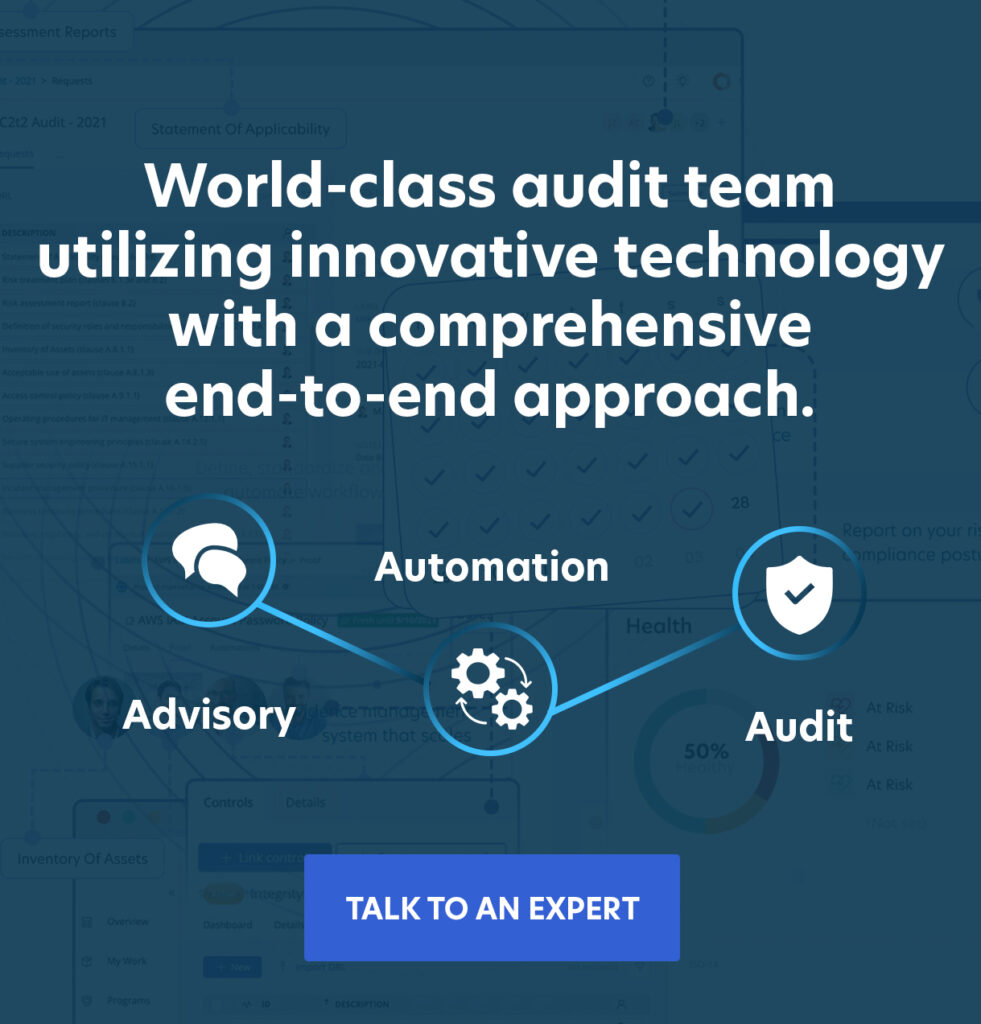
The Rise of AI-Driven Cyber Threats in 2025
TL;DR In 2025, cybercrime is expected to cost $10.5 trillion annually. This article breaks down the most dangerous AI-powered attacks, their real-world impacts, and the best practices CISOs must adopt to defend against them. With expert advisory, automation tools...

TrustNet’s Comprehensive Cybersecurity Solutions: A Deep Dive
TL;DR TrustNet offers comprehensive, end-to-end cybersecurity solutions designed for modern businesses facing complex threats and compliance challenges. With 24/7 managed security services, cloud protection, risk-based compliance, and expert consulting, TrustNet...

Comparative Guide: TrustNet vs Other Cybersecurity Providers
TL;DR TrustNet delivers enterprise-grade cybersecurity through a unified approach that blends managed security, automated compliance, and advanced analytics. Unlike niche providers, TrustNet offers full-spectrum protection, including cloud security, risk rating, and...

Navigating Compliance: PCI DSS v4.0.1 and Beyond
Blog TL;DR PCI DSS v4.0.1 is now the definitive security standard for any organization that handles cardholder data. With enforcement starting March 31, 2025, this whitepaper breaks down key changes, including risk-based controls, stricter MFA rules, and...

Cyber Hygiene: Best Practices for Employees
TL;DR Cyber hygiene refers to everyday practices that ensure the security and safety of digital systems, networks, and data. Adopting strong cyber hygiene reduces the risk of cyberattacks, including phishing, malware, and data breaches. Regular password updates,...

The Importance of Third-Party Risk Assessments
Blog TL;DR Third-party risk assessments are essential for modern organizations that rely on vendors, suppliers, and service providers. These assessments help identify and manage risks related to cybersecurity, compliance, privacy, operations, and...

Understanding the Shared Responsibility Model in Cloud Security
Cloud security is a shared responsibility between you and your cloud service provider (CSP). Misunderstanding this model can lead to data exposure, security gaps, and costly compliance failures. Learn the division of responsibilities for IaaS, PaaS, and SaaS, and take...

Cybersecurity Trends to Watch: Insights from RSAC 2025
RSAC 2025 highlighted the key cybersecurity trends for 2025: AI’s critical role in both defense and attack, the rise of identity management and Zero Trust, integrated security solutions, regulatory shifts, and ongoing product innovation. Organizations must adapt by...

How Business Leaders Ensure Third-Party Vendors Meet Security Requirements
Collaborating with third-party vendors is an essential aspect of modern business operations. These partnerships foster growth and innovation but come with their challenges. Security vulnerabilities in vendor relationships can jeopardize your organization’s reputation...

GDPR Compliance Made Easy: Actionable Steps for Businesses
GDPR compliance means adhering to the General Data Protection Regulation, a set of data protection regulations that govern how businesses in the EU — or those handling EU citizens’ data — manage and protect personal information. These rules emphasize transparency and...

